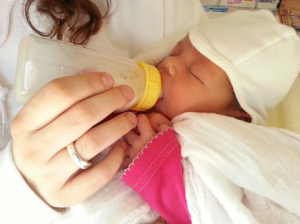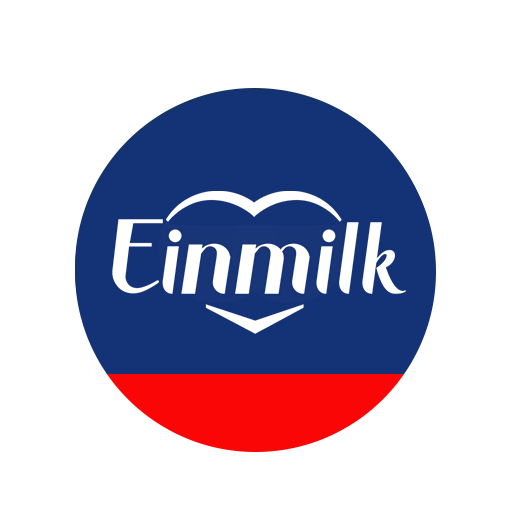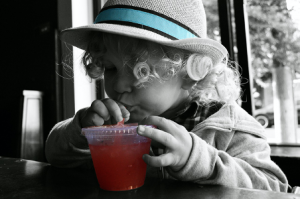Most parents usually look out for gross motor skills development in their baby, but did you know that oral motor development should be observed as well?
Oral motor development refers to the use and function of the lips, tongue, jaw, teeth, and the hard and soft palates. The movement and coordination of these structures are very important in speech production, safe swallowing, and consuming various food textures.

Complex oral motor skills are needed to consume a simple meal like this. Read on to find out which milestones to look out for in your baby’s oral motor skills development.
Oral motor skills are the finest of the fine motor skills we develop as human beings. These reflexes that support feeding at full term begins in the womb between the 28th week and the 37th week of gestation, and are fully developed and established when your little one is three years old. By about five years old, most children can safely eat and drink without choking.
Here are some important milestones for oral motor development that you should look out for in your baby from birth till five years of age.
During gestation, the baby begins to develop the sucking and suckling reflexes. At birth to three months, the baby starts to demonstrate many reflexes to protect his airway. She responds to stimulation in and around the mouth, turns her head toward the nipple when the cheeks are stroked, signalling that she is ready to be fed. She is able to consume breast milk or formula milk using a nipple and coordinate her breath with two to three sucks of liquid before swallowing and breathing.
If you are bottle feeding, it is important to choose the appropriate teat for your baby as different teats have different flow rates and your baby might choke if the flow is too fast or be frustrated if the flow is too slow. New parents, check out the bottle feeding guide to see which teat to choose for your baby!

Choosing an appropriate bottle and teat for your child may take some trial and error. Be sure to check out other tips to make baby more comfortable during bottle feeding.
At three to six months, the baby is able eat rice cereal or pureed fruit and pureed vegetable from a small infant or toddler spoon during feeding. At six to nine months, the baby is able to clean the spoon with her upper lip and eat pureed meats and a variety of pureed baby foods.
When the baby is nine to twelve months, she demonstrates lip closure while swallowing liquids and soft solids. She may attempt to eat small, soft dissolvable solids such as soft crackers and small cereals. At this time, she starts learning to drink liquids from a sippy cup and is able to consume mashed table foods. With her oral motor skills improving during this period, she begins to drink through a straw.
Once your baby is able to coordinate drinking from a straw, you have the option to start weaning her off the bottle.
At 12 to 18 months, the toddler is able to coordinate sucking, swallowing, and breathing patterns for longer sequences. With these improved oral motor skills, your toddler begins to eat finely chopped table foods and is able to bite through crunchy foods such as cookies and crackers. She is also able to move the food in her mouth from side to side as she chews.
At 18 to 24 months, the toddler starts to self-feed with some assistance. At twenty-four to thirty-six months, the toddler consumes a variety of liquids and solids through straws and open mouth cups. At this stage, she moves toward fine tuning all her feeding skills.
Between 36 months old to five years old, the child progresses and starts being able to chew and swallow advanced textures (for example, meats, fried foods, whole fruits) with close supervision. Lastly, she is able to drink from an open mouth cup with no assistance.
The presence and strength of reflexes is an important sign of nervous system development and function. Having poor oral motor skills usually also translates to speech development issues.
Some of the more noticeable signs to look out for include:
- Mouth frequently hangs open
- Refusing to eat food that needs to be chewed
- Gags frequently when eating
- Has trouble sticking out his tongue or moving it from side to side
- Drools excessively (past the age of 18 months)
- Lisps excessively
Hence, should you notice that your child lags behind in the above milestone developments, or exhibits any of the signs, it may be time to make a trip to the paediatrician who will refer you to the Speech-Language Therapist or an Occupational Therapist to evaluate and develop a plan to strengthen your child’s oral motor skills.
Do share with us if you have any concerns about your child’s oral motor development!



